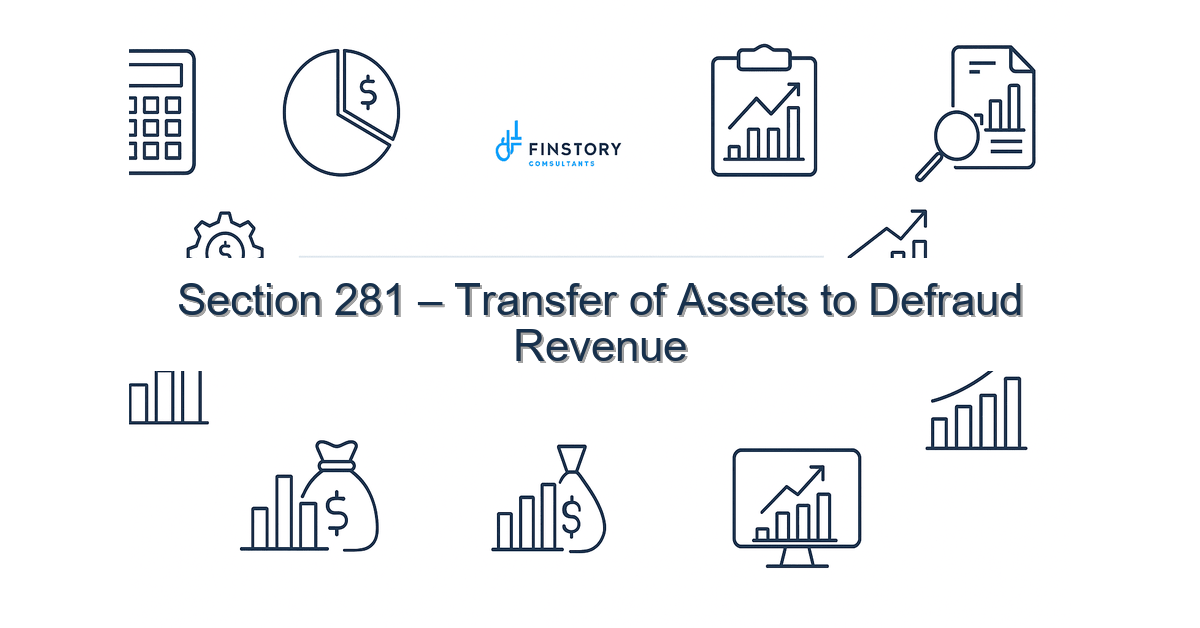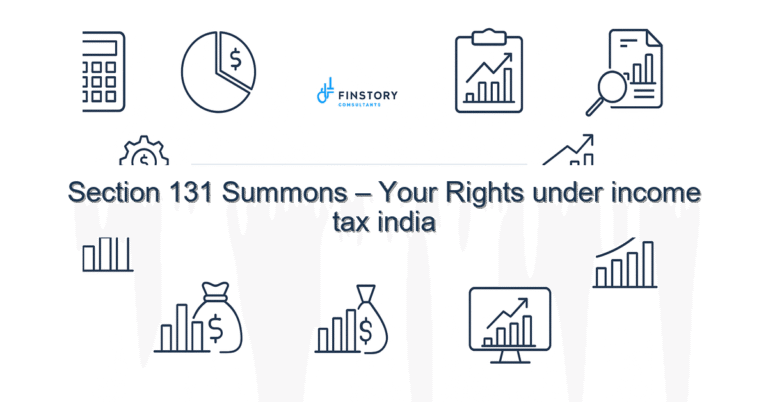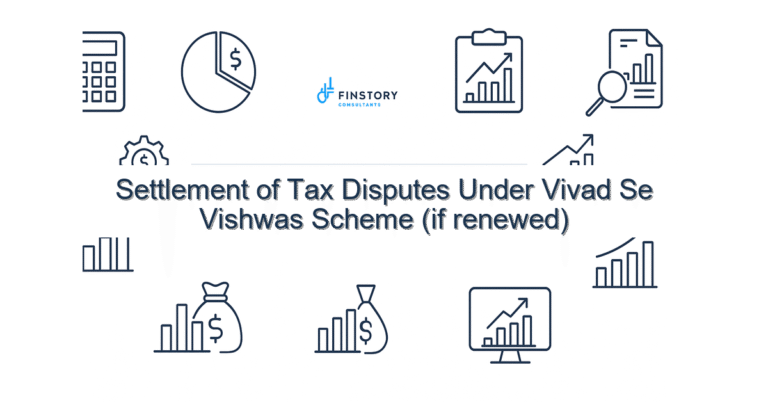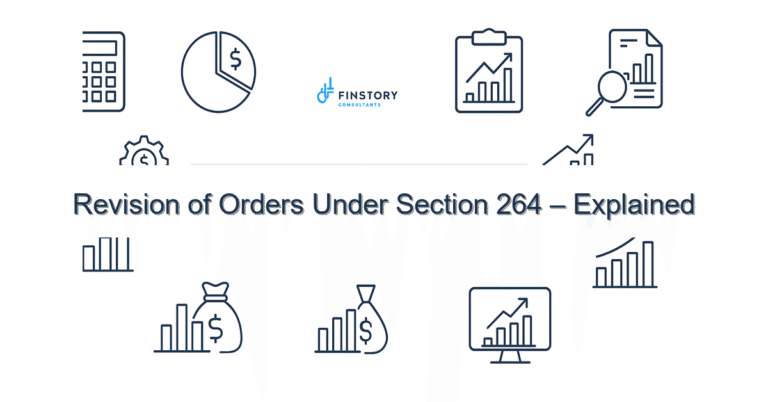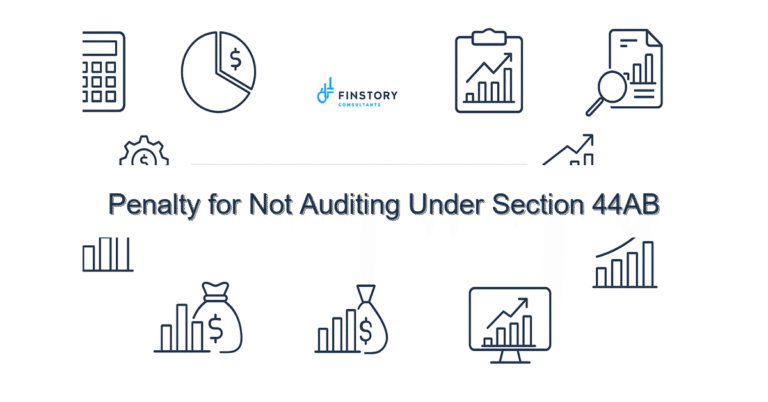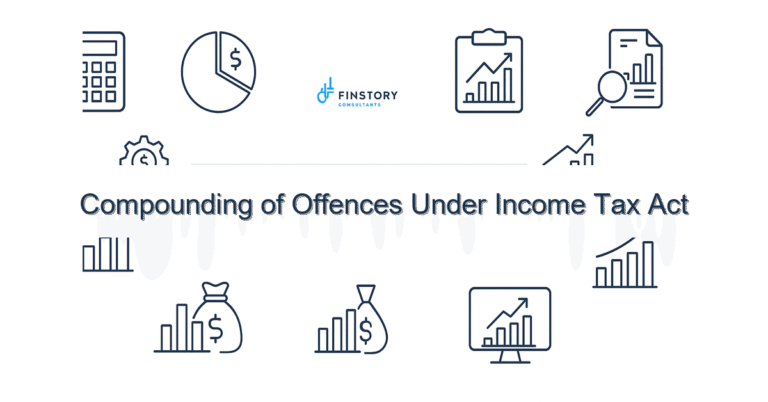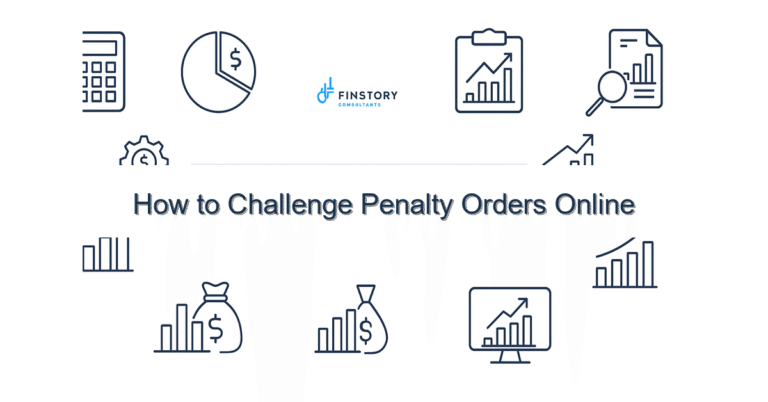Section 281 – Transfer of Assets to Defraud Revenue
Feeling worried after receiving a notice or spotting unexpected movements in your bank or property records? You’re not alone—many salaried taxpayers, professionals, founders and MSME owners feel anxious when tax authorities flag transfers that look like they could defeat tax recovery.
Summary: Section 281 targets transfers or disposals of assets made to defeat the revenue. If tax authorities suspect such transfers, they can seek legal remedies. Early documentation, transparent records, and timely advice dramatically reduce risk and help resolve notices without escalations.
What’s the real problem in India?
In India, the tax system uses terms like Assessment Year (AY) and Previous Year (PY), and authorities (including the CBDT) work with statutory timelines and forms. When a tax officer suspects an asset was transferred to avoid tax, Section 281 can be invoked. But what looks like deliberate disposal may sometimes be normal business or family transfers — and that’s where confusion, delays, and distress arise.
- Symptom: Sudden notices about asset transfers after assessments or during recovery proceedings.
- Symptom: Bank or property records showing transfers involving relatives, startups, or group companies without supporting documentation.
- Symptom: Conflicting entries between your books, AIS/26AS, and the e-filing portal that raise red flags.
What people get wrong
Many taxpayers assume Section 281 only affects large evaders. That’s not true. Even routine transactions can be scrutinised if they coincide with an outstanding demand or suspicious timing. Common mistakes:
- Not keeping contemporaneous documents for loans, transfers, or gifts — a simple loan without a documented agreement can be treated as a transfer to defeat revenue.
- Ignoring TDS/TCS reporting mismatches — if payer or payee records don’t match TDS/TCS figures, authorities may suspect manipulation.
- Assuming that family or group arrangements need no paperwork — informal transfers among relatives or founders often lack proof of commercial purpose.
- Delayed response to notices — letting timelines pass (especially around AY/PY deadlines) worsens prospects for relief.
A better approach
Think prevention first. A clear, pragmatic framework reduces the chance that a legitimate transaction will trigger a Section 281 action.
- Document: For any loan, gift, sale or capital contribution keep a written agreement, board resolutions (if applicable), bank records, and purpose notes.
- Reconcile: Match your books against AIS/26AS and Form 26AS, and fix TDS/TCS mismatches early using the e-filing portal.
- Disclose: Where appropriate, disclose unusual transactions in your ITR notes. Use the right schedules and attach explanations to reduce queries during processing.
- Respond: If you receive a notice, respond promptly and request time to produce documents. Delay narrows options and may lead to attachments or injunctions.
- Consult: For transfers involving related parties, founders, or high-value assets, get a tax opinion before executing the transaction.
Real-world example: A Bengaluru startup founder transferred shares to a family trust for estate planning. Without a valuation report and trust deed, the AO suspected a transfer to avoid future capital gains tax. A quick valuation, minutes of the board meeting, and a proper trust deed resolved the issue — saving the founder a costly injunction and months of uncertainty.
Quick implementation checklist
- Gather documents for any transfer in the last 3 years: sale deeds, gift deeds, loan agreements, board resolutions, invoices.
- Pull your AIS/26AS and reconcile with books; correct mismatches using Form 26AS and TDS/TCS correction requests.
- Check ITR filing status—confirm no outstanding returns for relevant AY/PY and confirm you met the ITR filing last date where applicable.
- Prepare brief written explanations for each related-party transaction and retain supporting bank statements.
- If capital asset transfers occurred, ensure capital gains indexation calculations (if long-term) are documented and properly disclosed.
- Assess whether you used benefits under Section 80C limit or other deductions that may affect tax computation; ensure proofs are available.
- Review whether your payroll and professional fees correctly applied TDS/TCS; rectify and deposit any shortfalls.
- File a voluntary disclosure or representation if you genuinely missed reporting a transfer—early admissions often reduce penalties.
- Get a short tax opinion for any high-value transfers before responding to a notice.
What success looks like
- Fewer notices and lower risk of injunctions or attachments.
- Faster ITR processing and quicker refunds (where applicable).
- Lower penalty exposure and avoided prosecution risk under related provisions.
- Clearer reconciliation between your books and AIS/26AS leading to fewer TDS/TCS disputes.
- Peace of mind for founders and MSMEs when raising funding or selling assets.
Risks & how to manage them
Main risks: attachment of property, injunctions preventing transfer, penalties, and reputational damage during audits. Manage them by:
- Maintaining contemporaneous documentation and valuation reports.
- Keeping professional records for related-party transactions and board approvals.
- Proactively correcting TDS/TCS and reporting mismatches on AIS/26AS.
- Responding timely to notices and negotiating timelines with the assessing officer.
Tools & data
Practical tools make compliance easier:
- AIS/26AS and Form 26AS — reconcile these before filing; mismatches here are often the first red flags.
- E-filing portal — use it for corrections, responses to notices, and tracking assessments.
- TDS/TCS tracking tools and payroll software — keep records that reconcile with bank statements and Form 16/16A.
- Document management: store sale deeds, trust deeds, loan agreements, valuations and board minutes in a searchable system.
FAQs
Q1: What triggers action under Section 281?
A: Typically, the tax authority must have reason to believe that a transfer or disposition was made to defeat tax recovery. Timing, lack of documentation, and transfers to related parties often trigger scrutiny.
Q2: Can I reverse a transfer if authorities object?
A: Reversal depends on facts. Courts may grant injunctions or allow restoration where transfers are genuine and properly documented. Early legal and tax advice is crucial.
Q3: Will using the new vs old regime slabs affect a Section 281 case?
A: The choice of tax regime affects your tax liability but does not directly cause Section 281 action. However, accurate tax computation and timely ITRs reduce overall scrutiny.
Q4: I’m a salaried employee—should I worry about Section 281?
A: Salaried taxpayers generally face lower risk, but large gifts, property transfers, or high-value loans without documentation can attract attention. Keep proper records and reconcile AIS/26AS and Form 26AS.
Next steps
If you’ve received a notice or have transferred assets in the last few years, take action now: reconcile AIS/26AS and bank records, gather supporting documents, and consult an advisor who understands Section 281 nuances.
Work with Finstory. Speak with an Expert for a personalised plan to reduce your tax outgo and stay compliant. Book a free 20-min consultation.
📞 Need help with Income Tax in India?
Book a 20-min consultation with our tax team. Individuals, founders & MSMEs welcome.
Prefer email or phone? Write to info@finstory.net
or call +91 44-45811170.
